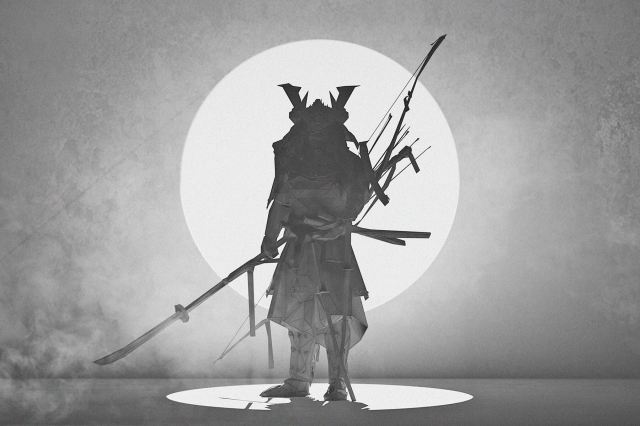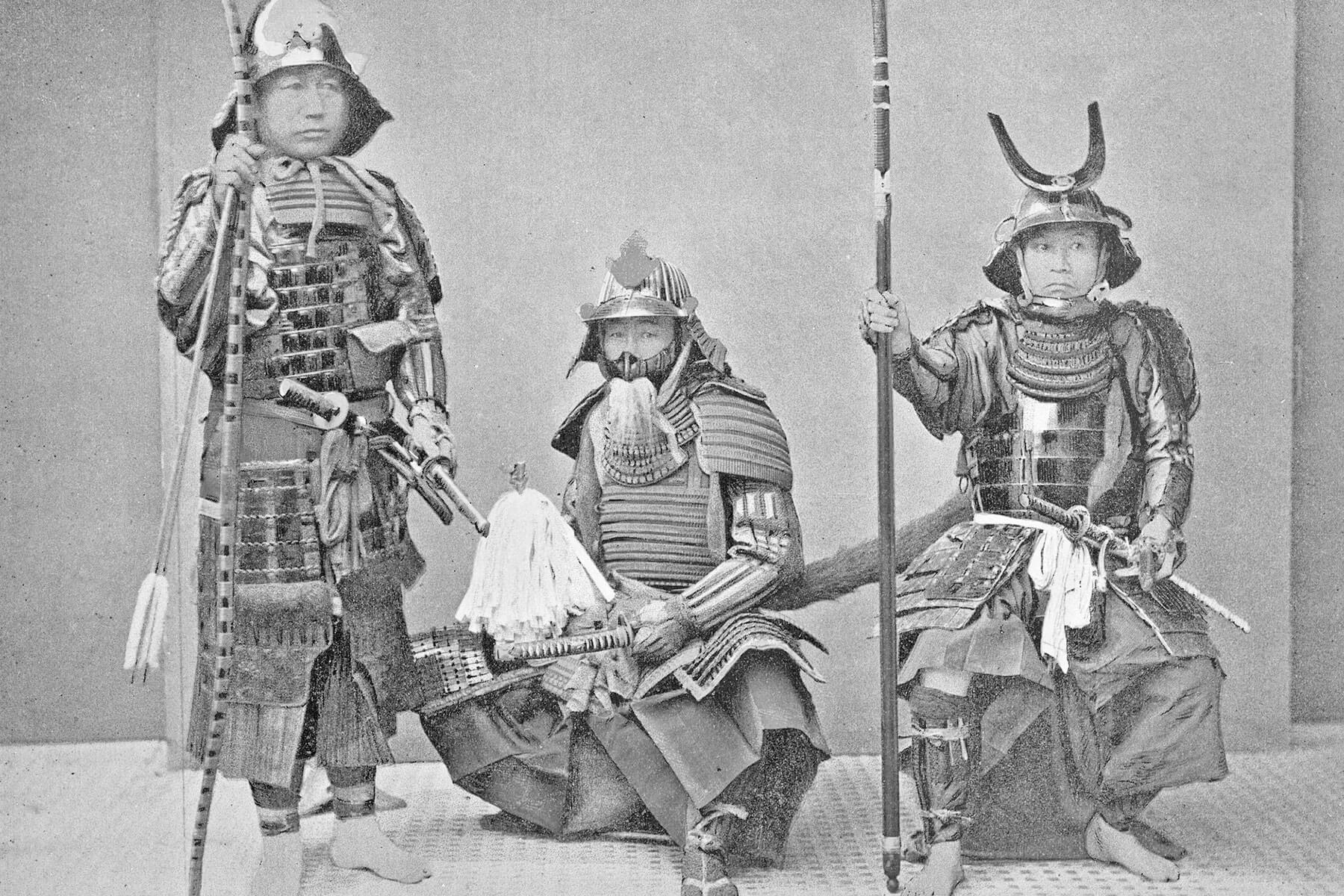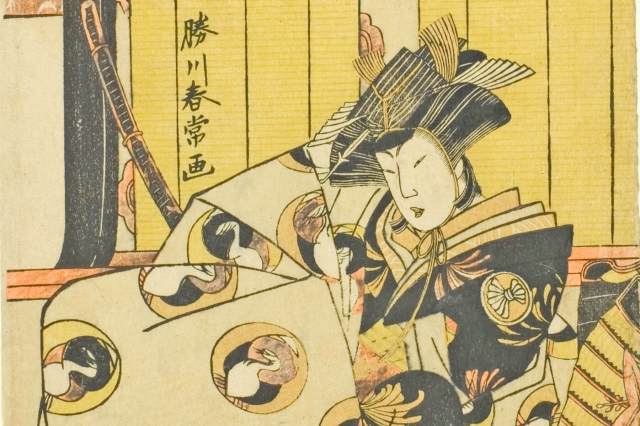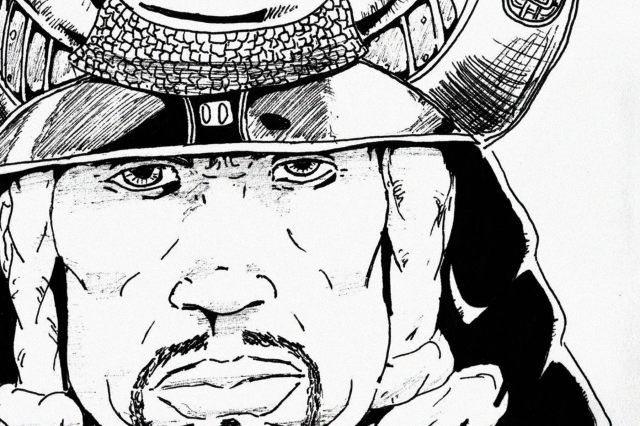5 Incredible Facts About Japanese Samurai
Though aristocratic warriors known as bushi had long existed in Japanese society, in the late 12th century a new warrior class emerged: the samurai. The word “samurai” itself can be translated as “one who serves,” and these warriors served their masters — the feudal landholders, or daimyo, who ruled much of Japan — with discipline and loyalty. For their service, they were well paid and highly respected in society.
The elite samurai warriors were meticulously trained in martial arts and military strategy. Their skill with the sword — be it a curved katana or the shorter wakizashi — is legendary. (By the late 1600s, the samurai carried two swords, known as daishō, as a symbol of status.) They also fought using tanto daggers, the naginata polearm and the yumi longbow. Altogether, they were a fearsome sight indeed — even more so in their flexible and ornate armor, the sight of which could instill fear in the bravest of enemies.
The samurai were a fundamental part of Japanese society for centuries. But as Japan began to modernize and open its borders to foreign trade, the power of the clans diminished and the role of the samurai began to wane, especially with the rise of gunpowder weapons. Feudalism was officially abolished in 1871, and five years later the wearing of swords was outlawed for everyone except members of the national armed forces. The age of the samurai was over.
The legacy of the samurai, however, remains culturally significant throughout Japan, and has also achieved iconic status in the West, not only in martial arts but also more broadly in popular culture, seen in movies, literature, video games, and more. Here are five little-known facts about the fearsome samurai, from their somewhat terrifying social privileges to their first and only colony in the United States.

Samurai Had the Right to Kill Citizens for Being Disrespectful
The high prestige and special social privileges enjoyed by the samurai are amply demonstrated in the tradition of kiri-sute gomen, roughly translated as “permission to slay.” This gave a samurai the right to strike anyone of a lower class with their sword if they slandered the samurai’s honor. If, for example, a farmer or artisan refused to bow, the samurai could rightfully kill the offender on the spot. It’s not known how often kiri-sute gomen was used, but when it was, the samurai had to follow certain rules. The strike had to be carried out immediately following the offense, and the samurai had to later prove the correctness of their actions in court. Samurai could, potentially, be severely punished for wrongful executions, so they couldn’t walk around willfully killing the commonfolk.
























